Struggling Japan Airlines Corp has entered talks with Air France-KLM over a capital tie-up, a newspaper said yesterday.
Asia’s biggest airline hopes to expand its businesses in Europe via the capital alliance with Air France-KLM, said the Yomiuri Shimbun, Japan’s top-selling daily.
The report cited no sources and officials at the Japanese airline, known as JAL, could not be reached for comment yesterday.
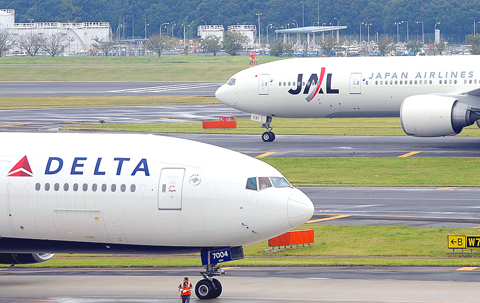
PHOTO: AFP
JAL said on Friday it was considering various tie-ups with a wide variety of potential partners but nothing had been decided.
JAL is in the midst of a major restructuring as the airline incurred its biggest-ever quarterly net loss of ¥99 billion (US$1 billion) in the three months to June.
The Japanese company has forecast a net loss of ¥63 billion for the current fiscal year to March and plans to cut the number of flights and slash costs by ¥53 billion during the current fiscal year and another ¥100 billion in the next fiscal year.
Apart from Air France-KLM, JAL is also seeking a bigger capital injection from Delta Air Lines, the Yomiuri said.
Delta — the world’s biggest airline operator — is considering making a cash infusion of a couple hundred million dollars to aid JAL, a person briefed on the talks said on Friday.
In exchange for the infusion, the person said Delta could get a stake in JAL, an expanded presence in Japan and coveted access to the closest airport to the Tokyo business center.
The Yomiuri reported that Delta could become a top shareholder of JAL.
But the talks between JAL and Delta were in their preliminary stage, and it was unclear what form a partnership between the two airlines might take, said the person, who asked not to be identified by name because of the sensitivity of the discussions.
Delta subsidiary Northwest Airlines has a history with Japan Airlines, having handled flight operations for the Japanese carrier in the early 1950s, JAL’s Web site showed.
A Delta spokesman declined to comment.
JAL spokesman Satoru Tanaka said the airline was considering various tie-ups with a wide variety of potential partners, but nothing had been decided.
Japan’s Nikkei Shimbun quoted a senior JAL official yesterday as saying the tie-up with Delta would be difficult because of the Japanese airline’s alliance with American Airlines.
JAL has a codeshare agreement with American Airlines as part of its participation in the oneworld alliance. Delta’s SkyTeam alliance currently doesn’t have a Japanese partner.
Instead of Delta, JAL may seek a capital injection from American Airlines, the Nikkei said.
Among US carriers, Atlanta-based Delta has a relatively large Japan presence by virtue of its acquisition last year of Northwest, but its market share there is still dwarfed by that of Japanese carriers.
In the Tokyo market, Delta operates from Narita Airport, the main international airport.
Delta has not been allowed to serve Haneda Airport, a mostly domestic airport that is much closer to the center of Tokyo.
The US and Japanese governments have been in talks about air service between the countries, though it is unclear how those talks will turn out.
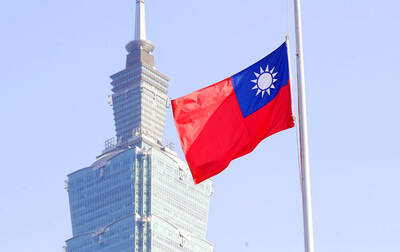
ELECTRONICS BOOST: A predicted surge in exports would likely be driven by ICT products, exports of which have soared 84.7 percent from a year earlier, DBS said DBS Bank Ltd (星展銀行) yesterday raised its GDP growth forecast for Taiwan this year to 4 percent from 3 percent, citing robust demand for artificial intelligence (AI)-related exports and accelerated shipment activity, which are expected to offset potential headwinds from US tariffs. “Our GDP growth forecast for 2025 is revised up to 4 percent from 3 percent to reflect front-loaded exports and strong AI demand,” Singapore-based DBS senior economist Ma Tieying (馬鐵英) said in an online briefing. Taiwan’s second-quarter performance beat expectations, with GDP growth likely surpassing 5 percent, driven by a 34.1 percent year-on-year increase in exports, Ma said, citing government
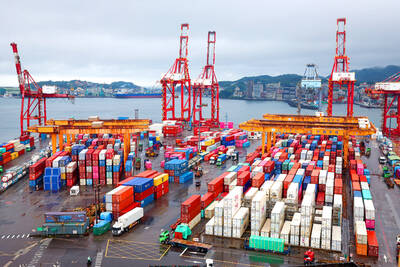
‘REMARKABLE SHOWING’: The economy likely grew 5 percent in the first half of the year, although it would likely taper off significantly, TIER economist Gordon Sun said The Taiwan Institute of Economic Research (TIER) yesterday raised Taiwan’s GDP growth forecast for this year to 3.02 percent, citing robust export-driven expansion in the first half that is likely to give way to a notable slowdown later in the year as the front-loading of global shipments fades. The revised projection marks an upward adjustment of 0.11 percentage points from April’s estimate, driven by a surge in exports and corporate inventory buildup ahead of possible US tariff hikes, TIER economist Gordon Sun (孫明德) told a news conference in Taipei. Taiwan’s economy likely grew more than 5 percent in the first six months
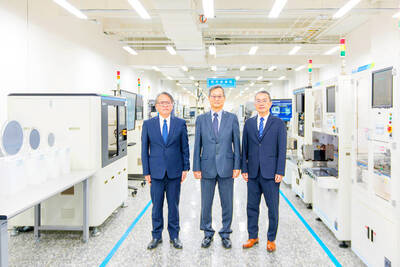
SMART MANUFACTURING: The company aims to have its production close to the market end, but attracting investment is still a challenge, the firm’s president said Delta Electronics Inc (台達電) yesterday said its long-term global production plan would stay unchanged amid geopolitical and tariff policy uncertainties, citing its diversified global deployment. With operations in Taiwan, Thailand, China, India, Europe and the US, Delta follows a “produce at the market end” strategy and bases its production on customer demand, with major site plans unchanged, Delta president Simon Chang (張訓海) said on the sidelines of a company event yesterday. Thailand would remain Delta’s second headquarters, as stated in its first-quarter earnings conference, with its plant there adopting a full smart manufacturing system, Chang said. Thailand is the firm’s second-largest overseas
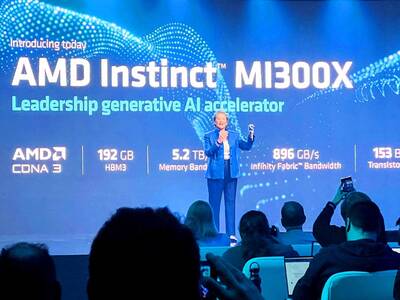
SUPPLY RESILIENCE: The extra expense would be worth it, as the US firm is diversifying chip sourcing to avert disruptions similar to the one during the pandemic, the CEO said Advanced Micro Devices Inc (AMD) chief executive officer Lisa Su (蘇姿丰) on Wednesday said that the chips her company gets from supplier Taiwan Semiconductor Manufacturing Co (TSMC, 台積電) would cost more when they are produced in TSMC’s Arizona facilities. Compared with similar parts from factories in Taiwan, the US chips would be “more than 5 percent, but less than 20 percent” in terms of higher costs, she said at an artificial intelligence (AI) event in Washington. AMD expects its first chips from TSMC’s Arizona facilities by the end of the year, Su said. The extra expense is worth it, because the company is